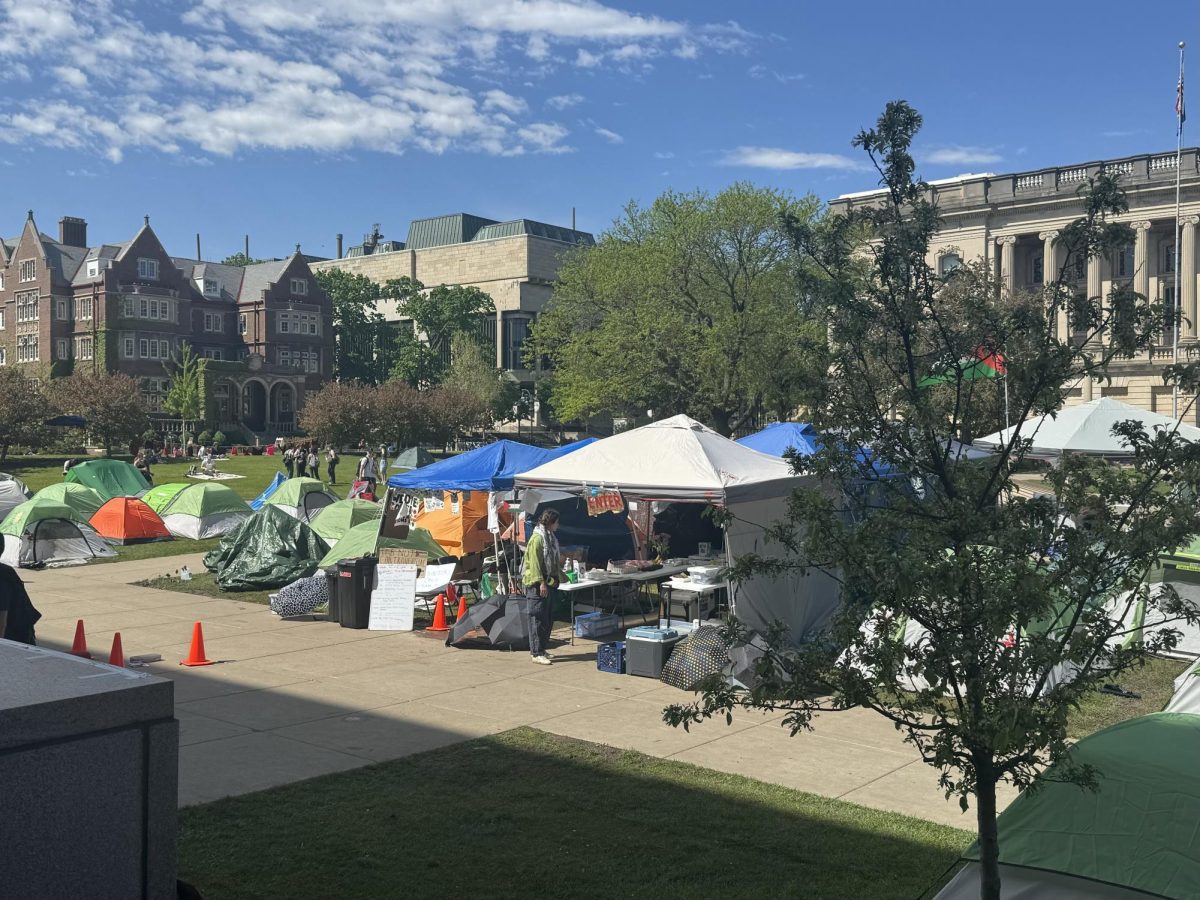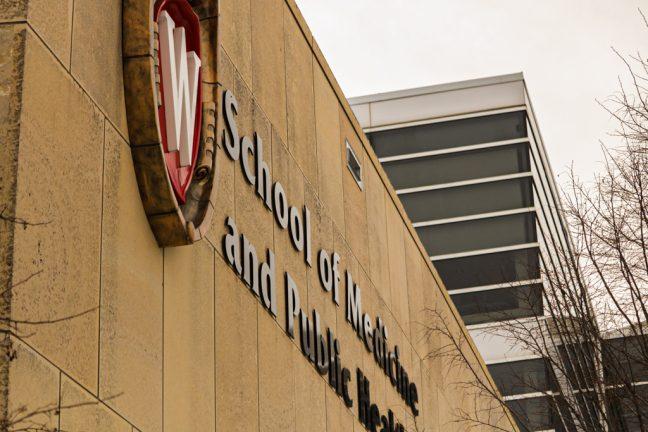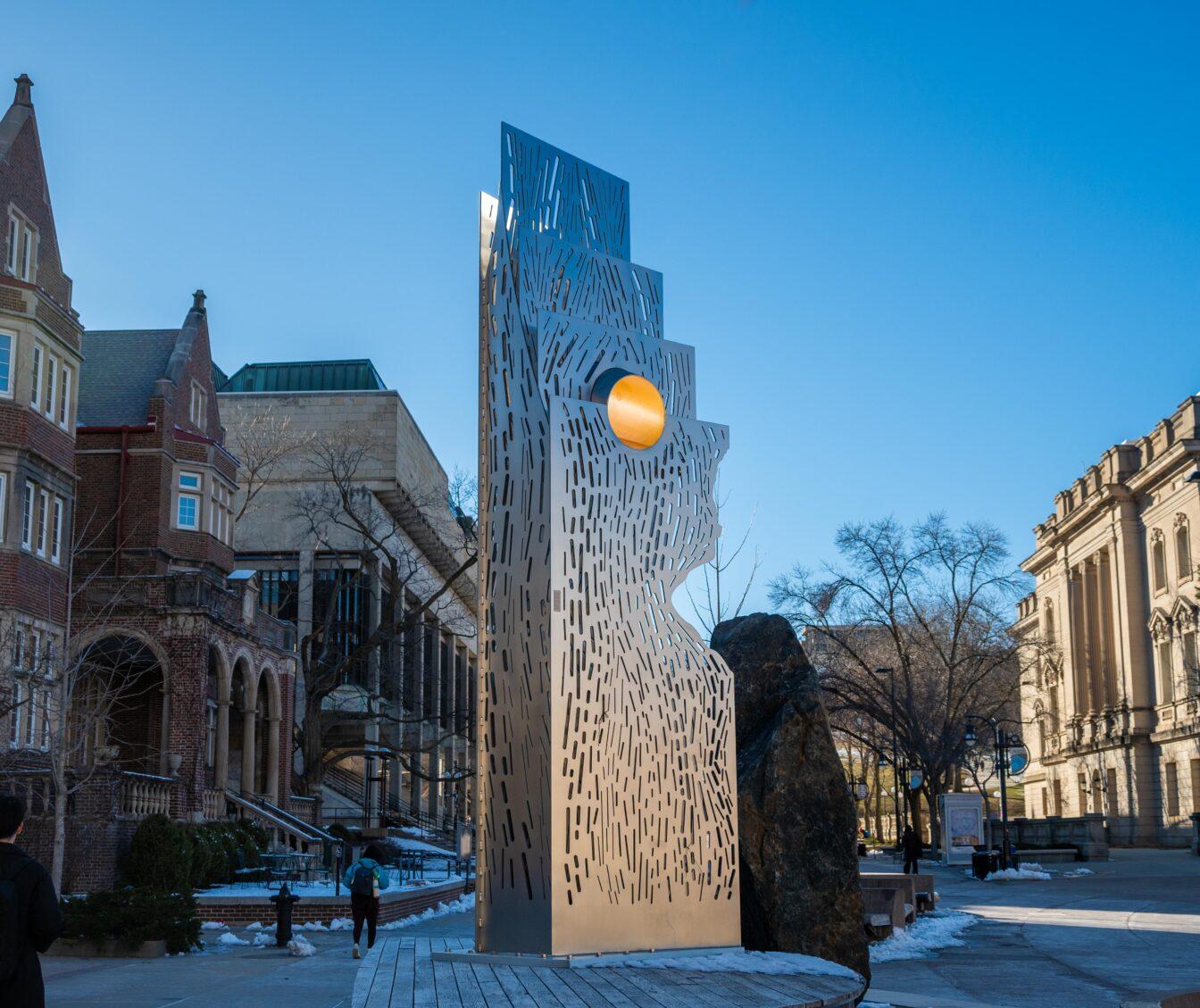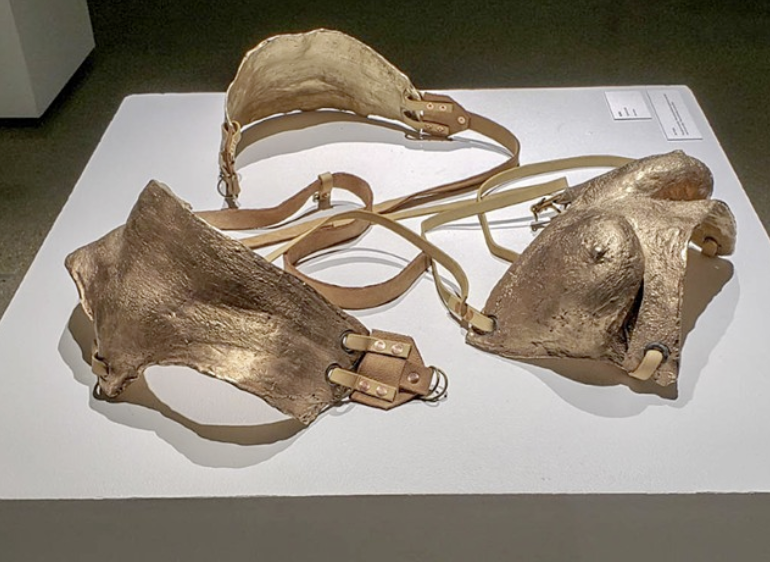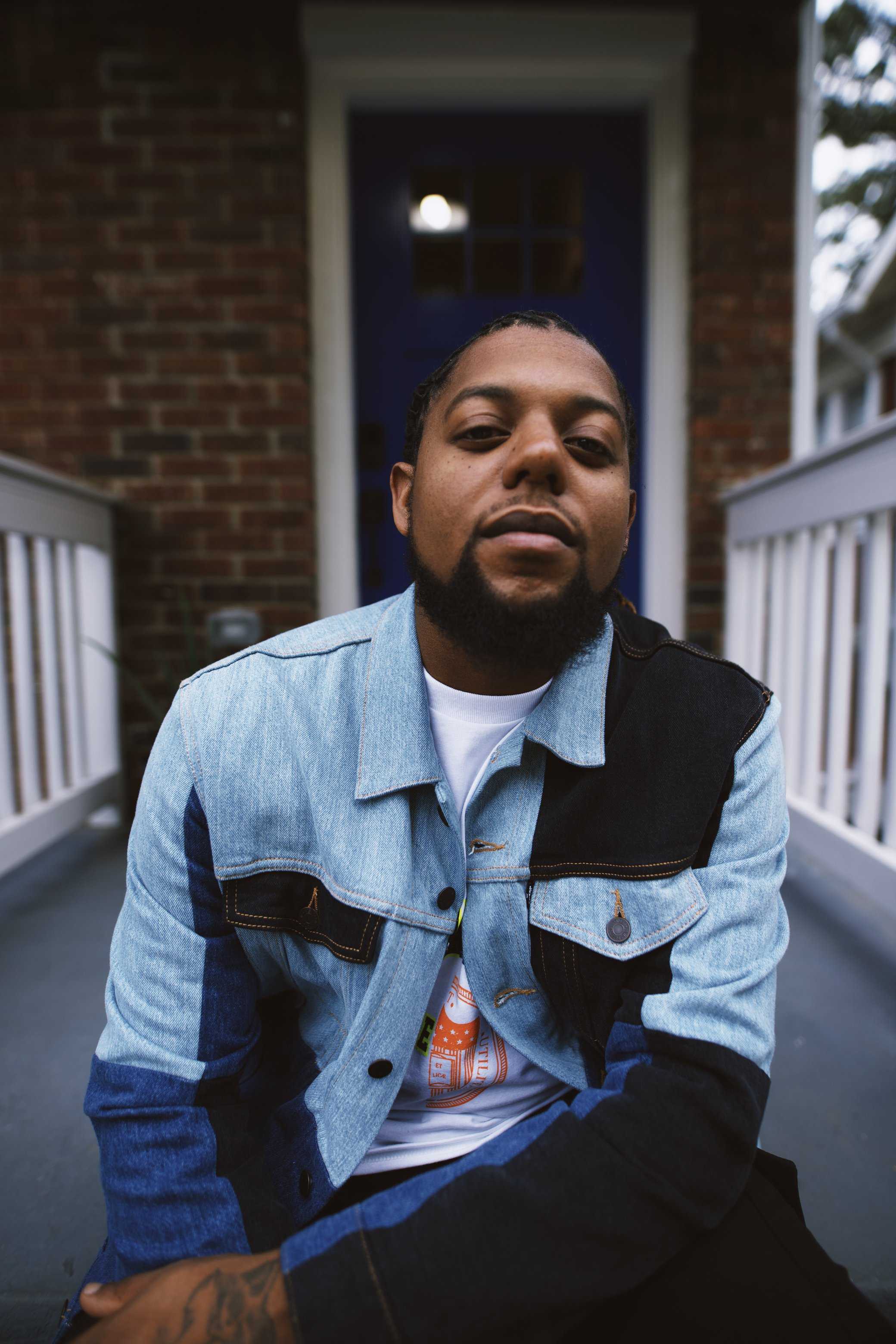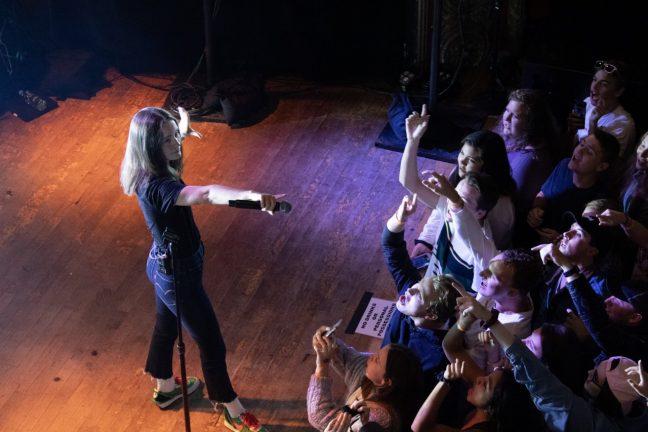With all the fast fashion that comes out of Los Angeles comes an increasing amount of excess fabrics and other materials being thrown away.
Many see this as waste or garbage, but for textile artist Christy Matson, it’s material she can utilize in her work. Matson visited Birge Hall as a contributor to the ongoing Visiting Artist Colloquium series hosted by the art department.
Matson began her lecture by giving a brief history of the Jacquard loom — the tool she uses in her work — and how integral it was to the Industrial Revolution.
“It had a role of transforming textile production into a fully automated industrialized process,” Matson said.
She also touched on the amount of work and time that went into creating with looms — not only the time spent weaving, but also the time spent making the thread. Thread making is a more unfamiliar process in today’s world, especially with machines completing the work instead of humans.
To get where it is today, the loom has transitioned from being a labor-intensive practice to a more technological process with the development of punch cards and then computers. It is, however, still a binary process with the Jacquard loom for Matson, as it takes both her hands and computer to create her work.
Her relationship with weaving has spanned more than 20 years, starting at the University of Washington-Seattle, where she acquired a degree in fibers, and then her MFA in textiles from California College of the Arts. She has been a full-time studio artist living in Los Angeles for about six years now, but before moving there, Matson spent some time in the Midwest as an associate professor of fiber and material studies at the School of the Art Institute of Chicago.
Art used as form of feminist activism at Memorial Union gallery
“Since then, my studio output has increased dramatically, to say the least,” Matson said. “It’s really fun to just focus on the work that I’m making right now, or in the last two years, as opposed to looking at some of the longer threads.”
Living on what she calls “a unique piece of property for LA,” Matson has three separate studio spaces that she works out of behind her home.
Matson is also a parent, which makes having the extra space more important. Even more important to Matson is keeping a balance to bounce between the worlds of being a parent and that of a full-time working artist.
“For me to have this studio space that is separate, but very close to my home has worked beautifully,” Matson said.
In creating her work, she first draws or paints her ideas and then uses the loom as a tool through which she can make what she describes as pictures. She also often incorporates paint as a way to add a different texture and vibrancy to the colors.
WUD Distinguished Lecture Series hosts sociologist, poet Eve Ewing
This particularly refers to Los Angeles and how unique it is for the California city to border the Pacific Ocean on one side, having the desert on the other, and the polluted metropolis in the middle. A few of the pieces shown in the lecture were inspired by the various “scraggly” drought-tolerant plants of Los Angeles.
Matson finds beauty in their adaptation and survival.
“So much of my work in the last few years has really become in response to the natural environment, and particularly the way the urban environment collides with the natural environment,” Matson said.
She spent a week this past summer using the TC-2 loom at the University of Wisconsin in the School of Human Ecology, as the third person to participate in their recently implemented digital weaving lab residency.
Matson currently has an exhibition at the Volume Gallery in Chicago. The collection is titled “The Sun and the Moon” and it will be on display until Dec. 29.





